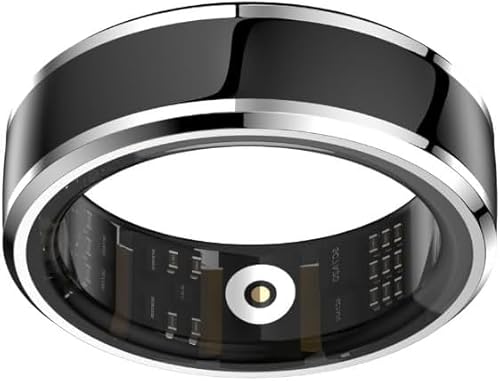Lile and Ottawagal,
That does seem very confirmed by a local professional.
Did hear our chief of cardiology, the respected Dr. Devarennes, on releasing another patient, state "That bacterial infection was a very high risk for bio AVR patients and should be prevented/addressed as it is dangerous".
The surgeon also recommended continued use of mild antiobiotics (apo-Amoxi class), by AVR patients on every doctor visit, contradicting a damous report in 2008, that said anti biotics were not required.
So maintaining dental/mouth health may be a big one, thanks
Gil
Any replaced valve is at risk for BE, NOT just bio ones. (homografts are the best for BE prevention) There have been numerous discussions and different Countries go by different guidelines but many follow the AHA recs. Or are close to their guidelines.
I don't know if Canada's Guidelines are the same as the American Heart Associations, But if so, even when they changed the guidelines and stopped recomending prophylaxis antibiotics for MOST of the people who were supposed to get them before the change, a small group of people STILL were recomended to continue getting them.
The previous list was all people who were at an increased risk of getting BE, now it is jusT recomended for the groups who IF they got BE could have the worst outcomes. you can read the full guidelines online but this link is to the Wallet card and gives the basic list that is still supposed to pre medicate (again this is the US, I don't know who makes the Canadian rules)
http://www.americanheart.org/presenter.jhtml?identifier=11086
You received this wallet card because you are at increased risk for developing adverse outcomes from infective endocarditis, also known as bacterial endocarditis (BE). The guidelines for prevention of BE shown in this card are substantially different from previously published guidelines. This card replaces the previous card that was based on guidelines published in 1997......
..The current practice of giving patients antibiotics prior to a dental procedure is no longer recommended EXCEPT for patients with the highest risk of adverse outcomes resulting from BE (see below on this card). The committee cannot exclude the possibility that an exceedingly small number of cases, if any, of BE may be prevented by antibiotic prophylaxis prior to a dental procedure. If such benefit from prophylaxis exists, it should be reserved ONLY for those patients listed below. The Committee recognizes the importance of good oral and dental health and regular visits to the dentist for patients at risk of BE....
.....Changes in these guidelines do not change the fact that your cardiac condition puts you at increased risk for developing endocarditis. If you develop signs or symptoms of endocarditis – such as unexplained fever – see your doctor right away. If blood cultures are necessary (to determine if endocarditis is present), it is important for your doctor to obtain these cultures and other relevant tests BEFORE antibiotics are started.
Antibiotic prophylaxis with dental procedures is recommended only for patients with cardiac conditions associated with the highest risk of adverse outcomes from endocarditis, including:
Prosthetic cardiac valve
Previous endocarditis
Congenital heart disease only in the following categories:
–Unrepaired cyanotic congenital heart disease, including those with palliative shunts and conduits
–Completely repaired congenital heart disease with prosthetic material or device, whether placed by surgery or catheter intervention, during the first six months after the procedure*
–Repaired congenital heart disease with residual defects at the site or adjacent to the site of a prosthetic patch or prosthetic device (which inhibit endothelialization)
Cardiac transplantation recipients with cardiac valvular disease
Prophylaxis is recommended because endothelialization of prosthetic material occurs within six months after the procedure.......





















